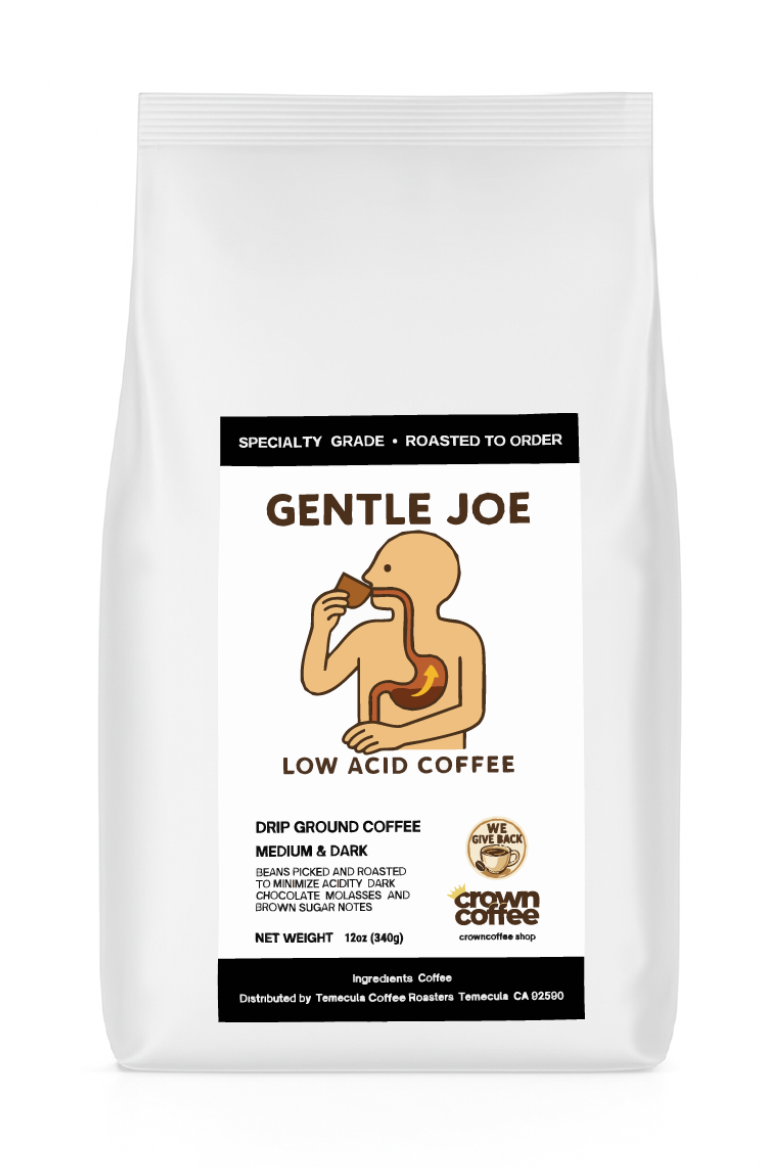
Mastering the Art of Cold Drip Coffee
Share
Mastering the Art of Cold Drip Coffee: A Comprehensive Guide to Kyoto-Style Brewing
Cold drip coffee, also known as Kyoto-style coffee, is a unique brewing method that produces a smooth and flavorful cup of coffee with a distinct character. Originating from Japan, this method involves a slow, controlled extraction process that highlights the nuanced flavors of the beans. In this guide, we will delve into the intricacies of cold drip coffee, explore its benefits, address common concerns, and provide a step-by-step process for brewing a perfect cup.
Benefits of Cold Drip Coffee:
-
Rich Flavor: Cold drip coffee offers a rich and complex flavor profile. The extended brew time extracts the coffee's essential oils and soluble compounds, resulting in a smooth, low-acidity cup with delightful undertones of chocolate, fruit, and floral notes.
-
Enhanced Aroma: The slow drip process allows the coffee to bloom gradually, releasing captivating aromas. As a result, you can enjoy the full olfactory experience of the beans, adding another layer of enjoyment to your coffee drinking experience.
-
Lower Acidity: Cold drip coffee is naturally less acidic compared to other brewing methods like espresso or pour-over. This makes it a preferable choice for individuals with sensitive stomachs or acid reflux issues, as it provides a milder and more gentle coffee experience.
-
Versatility: Cold drip coffee is incredibly versatile. It can be consumed as is over ice, diluted with water for a lighter brew, or used as a base for creative coffee beverages. Its concentrated nature also makes it an excellent component for crafting coffee cocktails.
Common Concerns:
-
Brew Time: The cold drip process is inherently slow, taking anywhere from 4 to 12 hours. While this extended duration might seem daunting, it is crucial to maintain the precise balance of flavors and aromas that cold drip brewing offers. Planning ahead and starting the brew the night before can alleviate any time-related concerns.
-
Equipment: Cold drip brewing requires specialized equipment, such as a Kyoto-style tower or a cold drip coffee maker. While these devices may have a higher upfront cost, they provide consistent and exceptional results. Alternatively, DIY setups using household items like mason jars and filters can be employed to mimic the process on a smaller scale.
-
Experimentation: Achieving the perfect balance of flavors in cold drip coffee may require some trial and error. Factors like grind size, drip rate, and bean selection can significantly impact the final brew. Embrace the process as a journey of exploration, allowing yourself to adjust variables to suit your personal taste preferences.
Step-by-Step Guide to Cold Drip Coffee Brewing:
-
Grind your Beans: Start by grinding your coffee beans to a medium-coarse consistency, resembling sea salt. This grind size allows for optimal extraction during the slow brewing process.
-
Set Up Your Cold Drip System: Assemble your cold drip coffee maker or DIY setup. Ensure that the water container is filled with clean, filtered water, and the coffee grounds chamber is securely in place.
-
Adjust the Drip Rate: Experiment with the drip rate, aiming for approximately 1 drop per second. Adjust the valve or drip mechanism accordingly until you achieve the desired flow.
-
Begin the Brewing Process: Slowly pour the ground coffee into the designated chamber, ensuring an even bed. Start the drip process and allow the water to slowly pass through the coffee grounds.
-
Monitor and Tweak: Regularly check on the progress of your brew. Aim to maintain a consistent drip rate and make minor adjustments if needed.
-
Collect and Store: Once the desired volume of coffee has been collected, carefully transfer it to a clean container. Cold drip coffee is typically concentrated, so you may choose to dilute it with water or serve it over ice.
Cold drip or Kyoto-style coffee brewing offers a captivating coffee experience, showcasing the intricate flavors and aromas of your favorite beans. While the process requires time, patience, and specialized equipment, the resulting smooth and low-acidity cup of coffee is well worth the effort. Embrace the journey of experimentation and enjoy the rewards of mastering the art of cold drip coffee.

